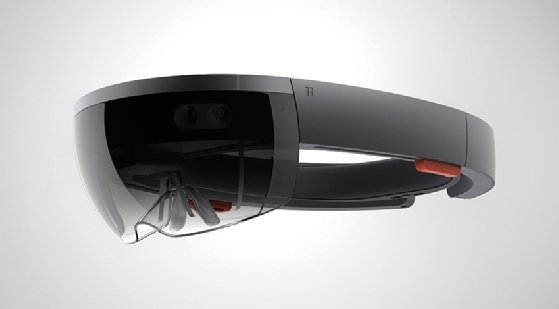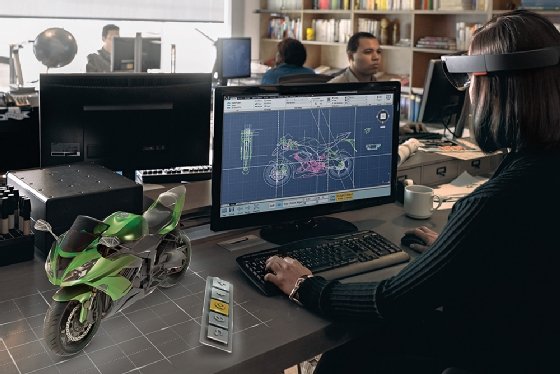Microsoft HoloLens 2 headset brings AR to enterprises
The Microsoft HoloLens 2 headset is here, with updated specs and new features built from Microsoft's enterprise cloud offerings. It supports Windows Core OS and brings AR to IoT.
Microsoft is bringing augmented reality into the workplace with its new Microsoft HoloLens 2 headset.
The vendor built the second headset as a "more immersive, instinctual and comfortable experience for first-line workers," according to Microsoft, offering updated features and specs from the first HoloLens. Rather than having a consumer-focused virtual reality headset, like the offerings of Sony or Oculus, the HoloLens continues Microsoft's focus on AR in the enterprise.
"Microsoft's new HoloLens device will bring the enterprise mixed reality market to its next level of adoption. The device itself solves many problems associated with the first model," said J.P. Gownder, vice president and principal analyst at Forrester Research. "The new HoloLens is a huge step in overcoming the physical-digital divide for workers, who can use holography to augment their perceptions in myriad ways."
Compared with the previous HoloLens, the new device's field of view is double the size, with new features that allow users to grab and rotate holograms without the use of additional hardware. The all-in-one device is more compact than its predecessor, with clear lenses so users can still see their physical surroundings.
With the new Azure Kinect sensor, the HoloLens 2 headset has optimized eye tracking. Paired with the Azure Digital Twins service, users can see machine information and data through IoT sensors with just a glance.

The new headset sports a Qualcomm Snapdragon 850 chipset and Microsoft's second-generation holographic processing unit, allowing it to display holograms in 2K in each eye at 3-to-2 aspect ratio. The camera in the HoloLens 2 shoots at 8 megapixels and films 1080p videos at 30 frames per second. It records audio with a five-channel microphone array. Additionally, it connects via Bluetooth 5.0, 802.11ac Wi-Fi and charges with USB-C.
The new Microsoft HoloLens 2 headset will support Microsoft's new Windows Core OS, the company's latest attempt for one streamlined operating system across all platforms.

With Azure Sphere and Azure IoT, users can save projects to the cloud and across all devices. Developers can design and create models for machines that engineers can render in the HoloLens. The HoloLens 2 also supports a special version of Dynamics 365, called Remote Assist, for businesses. With it, users can create guide books on Dynamics 365 Guides that come to life in the HoloLens in the form of three-dimensional step-by-step instructions. Users can also use HoloLens 2 to diagnose machine problems.
While there is no official release date, the Microsoft HoloLens 2 headset will cost $3,500, which is $1,500 less than the previous version. Microsoft is also offering a subscription option, which includes Dynamics 365 Remote Assist for $125 per month.








